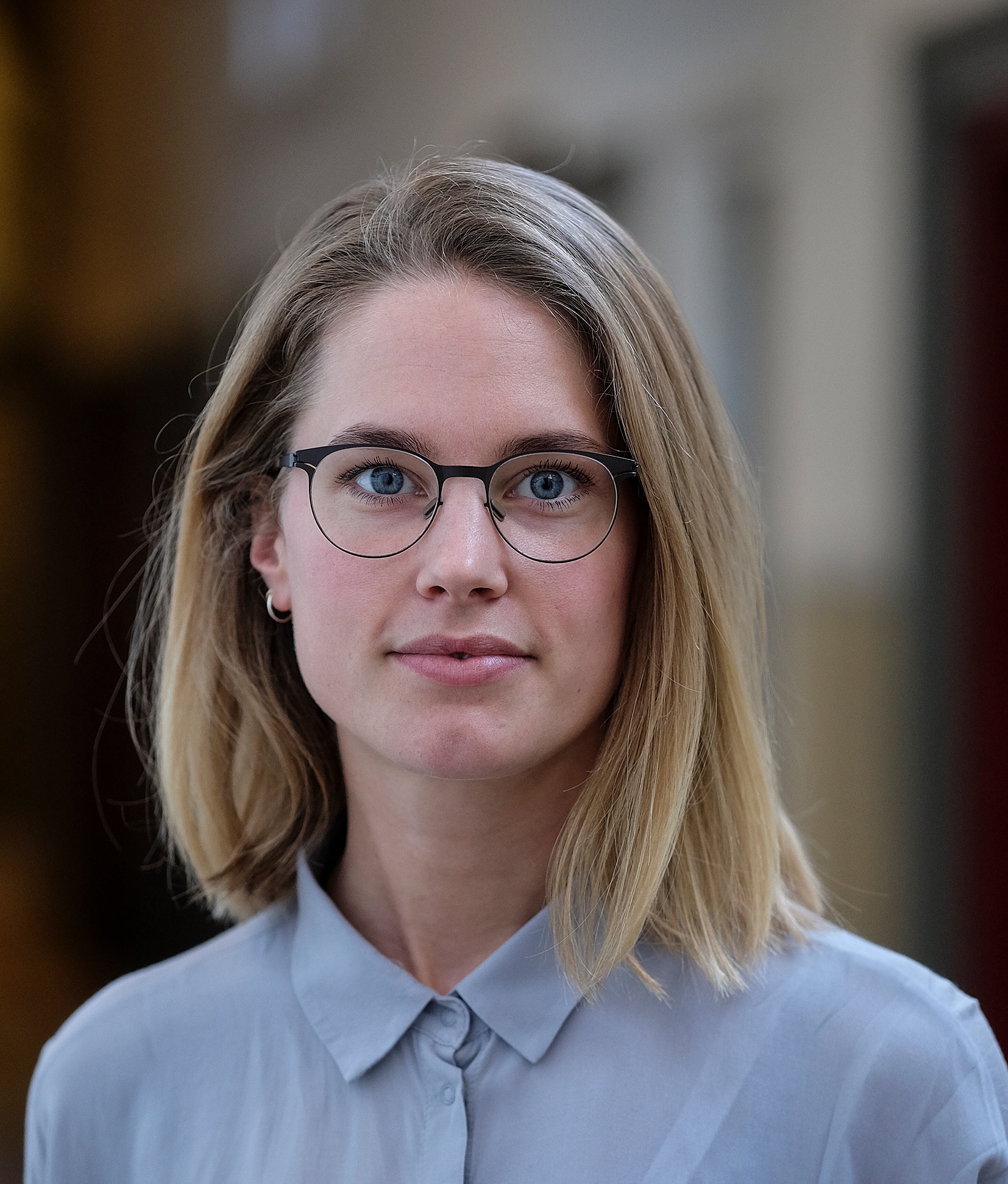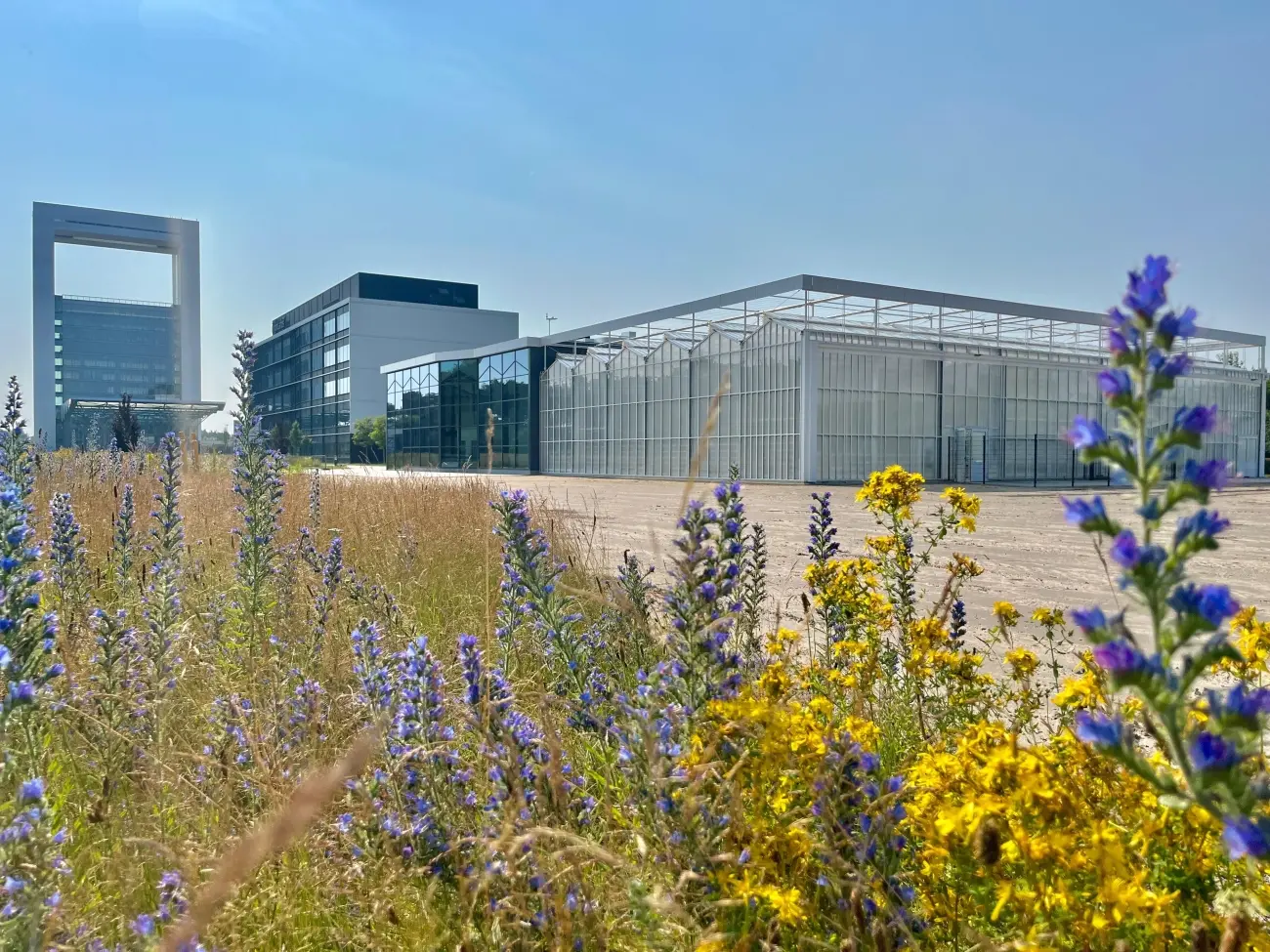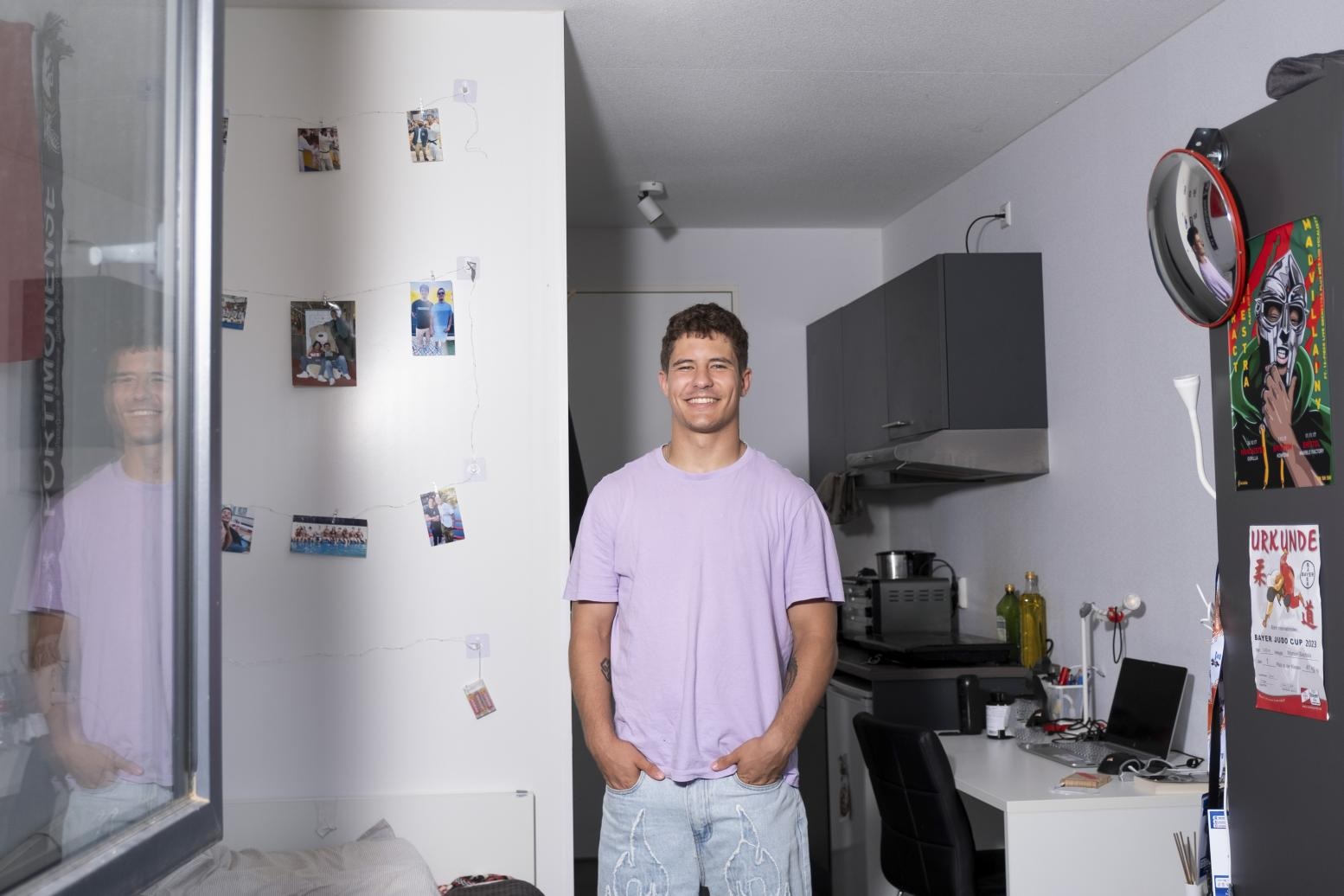Marloes de Hoon co-author of WODC study
Marloes de Hoon – PhD candidate at FASoS and affiliated to Statistics Netherlands (CBS), who is conducting research into mobility of refugees under the umbrella of the Institute for Transnational and Euregional cross border cooperation and Mobility (ITEM) – co-authored a report concerning migration of asylum permission holders which was published by the Research and Documentation Centre of the Ministry of Security and Justice (WODC) and CBS.
The publication provides insights into migration of people who applied for asylum in the Netherlands in the nineties and obtained a Dutch residence permit (permit holders). Did they stay in their country of asylum or did former asylum seekers decide to engage in international migration once more? How do asylum permit holders who left differ from those who decided to stay? And what were the main destinations of those who registered their emigration?
This report (in Dutch) addresses these questions and provides empirical insights based on a longitudinal study in which permit holders who applied for asylum in the Netherlands and entered the Dutch population registers (GBA) in 1995-1999. Of this population of permit holders, 13.6% were no longer registered in the GBA on 31 December 2015. According to the registrations, 4.3% had returned to their country of origin (return migration), 12.4% had migrated to another country (onward migration) and 14.9% had been administratively removed without a subsequent country of residence being known. Among those who registered their emigration, onward migration appears to be far more common than return to the country or region of origin.
Both demographical as well as socio-economic characteristics play a role in the migration outcomes of permit holders. Men are more likely to migrate again than women. The younger the person is at arrival in the asylum country, the smaller the chance of leaving the Netherlands during the observation period. Living together with a partner and the presence of children in a household also reduces the likelihood to relocate across borders. Permit holders with a marginal socio-economic position (without income or receiving benefits) were more prone to migrate again. Remarkable is the variation in migration outcomes between origin groups. Permit holders from Somalia show relatively high odds of onward migration. In comparison to other origin groups, people from the former Yugoslavia show the highest odds of return migration, followed by permits holders with Iraqi and Sudanese origins.
Reported emigrations mostly concerned intra-EU relocations, the United Kingdom being the first destination, followed by Belgium and Germany. Among them a substantial group had over time obtained Dutch citizenship (and hence an EU passport), which facilitates their intra-EU mobility.

Also read
-
Moving orange spots on a yellow background are the first indication that something unusual is taking place in Maastricht's limestone quarry, Sint-Pietersberg. A closer look reveals that these are people clothed in orange vests. They are Maastricht Science Programme students and supervisors.
-
Maastricht University has built a new research greenhouse at Brightlands Campus Greenport Venlo. Starting on September 1, research will be conducted in this high-tech greenhouse on the agriculture and horticulture of the future: from new cultivation techniques and the development of plants to the...
-
The area on the Sorbonnelaan in the Maastricht neighbourhood of Randwyck looked somewhat bare and remote about two years ago. This was mainly due to the modular and temporary appearance of the student houses that were quickly built there. Meanwhile, the area is increasingly taking on the character...

